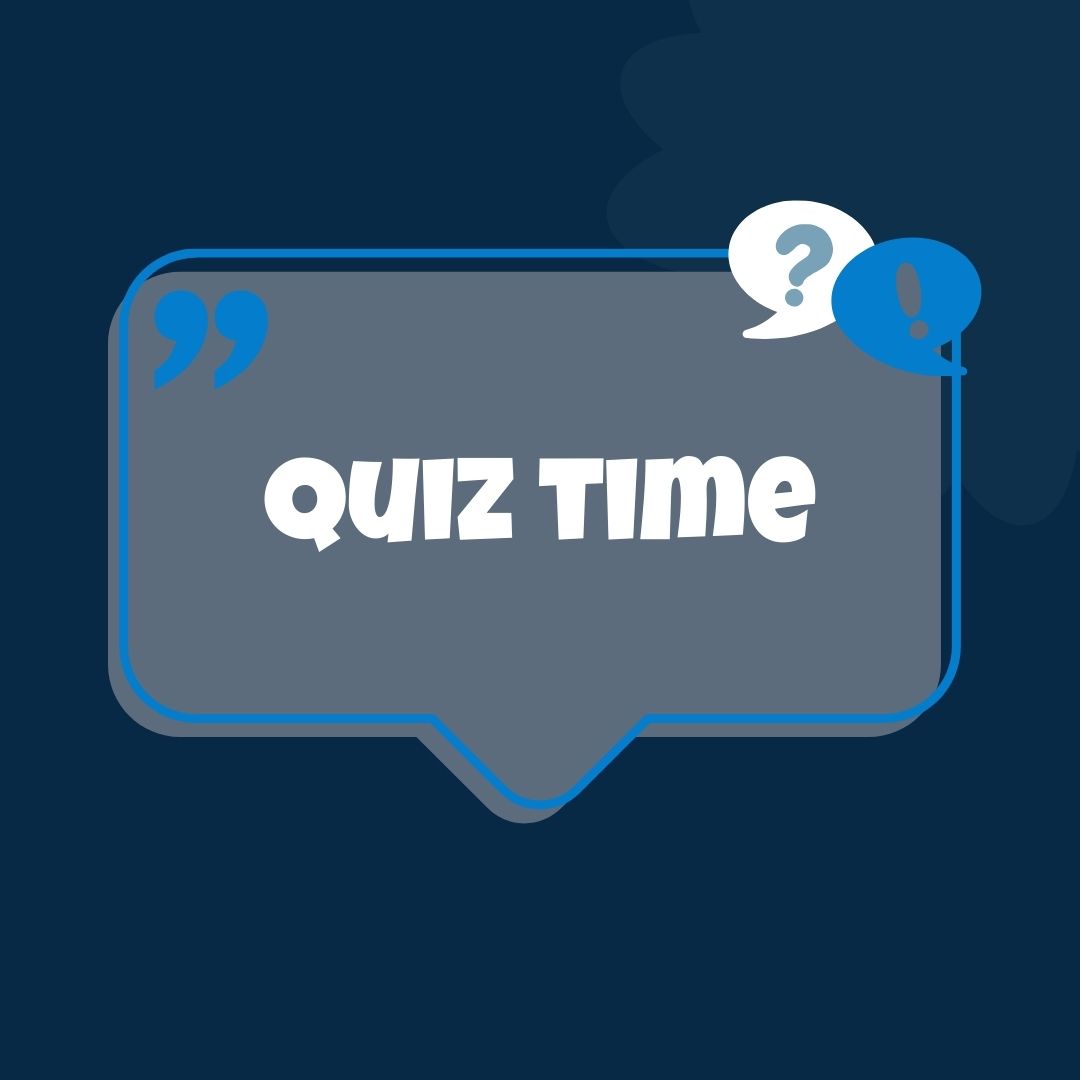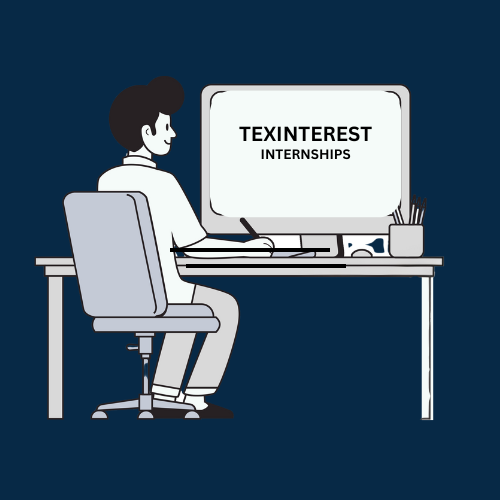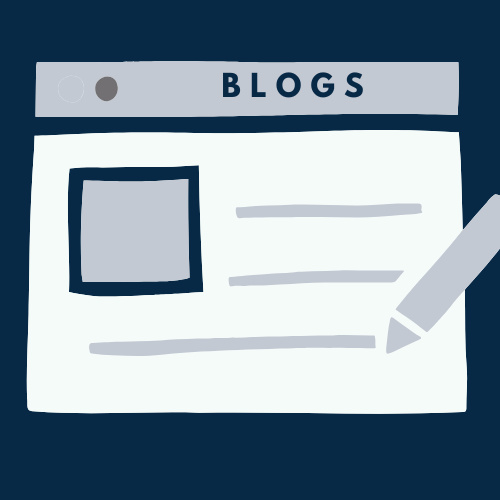Set Your Currency
 UNITED STATES UNITED STATES |
Set as Default |
 INDIA (Default Currency) INDIA (Default Currency) |
Set as Default |
 UNITED ARAB EMIRATES UNITED ARAB EMIRATES |
Set as Default |
 QATAR QATAR |
Set as Default |
html formating tags
HTML provides several elements for defining text with a special meaning. Here are some of the most commonly used formatting tags in HTML:
- Bold text: The `` and `` tags are used to define bold text.
- Italic text: The `` and `` tags are used to define italic text.
- Underlined text: The `` tag is used to define underlined text.
- Strikethrough text: The `` and `` tags are used to define strikethrough text.
- Highlighted text: The `` tag is used to define highlighted text.
- Small text: The `` tag is used to define small text.
- Inserted text: The `` tag is used to define inserted text.
- Deleted text: The `` and `` tags are used to define deleted text.
- Subscript text: The `` tag is used to define subscript text.
- Superscript text: The `` tag is used to define superscript text.
These tags can be used to format text in various ways, such as making text bold or italic, underlining text, highlighting text, and more. Additionally, HTML also provides several other tags for formatting text, such as the ``, ``, ``, ``, ``, ``, and `` tags, which are used to define abbreviations, citations, code, definitions, keyboard input, sample output, and variables, respectively.
It's important to note that while these tags can be used to format text, they should be used sparingly and only when necessary. Overusing formatting tags can make text difficult to read and can negatively impact the user experience. It's also important to use semantic HTML tags whenever possible, as they provide additional meaning and context to the content on a web page.
HTML provides a variety of formatting tags to structure and style the content of a webpage.
Headings: HTML offers six levels of headings, starting from <h1> for the highest level down to <h6> for the lowest.
Paragraph: The <p> tag is used to define paragraphs in HTML. For example: <p>This is a paragraph.</p>.
Line Break: The <br> tag is used to create a line break, forcing content to move to the next line.
Horizontal Line: The <hr> tag is used to create a horizontal line or divider.
Strong Text (Bold): The <strong> tag is used to make text bold.
Emphasized Text (Italic): The <em> tag is used to make text italic.
Underline: The <u> tag is used to underline text.
Superscript and Subscript: The <sup> tag is used for superscript text, and <sub> for subscript.
Marked or Highlighted Text: The <mark> tag is used to highlight or mark text.
Inserted and Deleted Text: The <ins> tag is used for inserted text, and <del> for deleted text.
Quotations: The <blockquote> tag is used for blockquotes, and the <q> tag for inline quotes.
Code: The <code> tag is used for inline code, and a combination of <pre> and <code> for code blocks.
Address: The <address> tag is used to define the contact information or author name.
Abbreviation and Acronym: The <abbr> tag is used for abbreviations or acronyms, with the "title" attribute providing the full form.
Definition List: The <dl> tag is used to create a definition list, with <dt> for terms and <dd> for their definitions.
Lists: HTML supports ordered lists (<ol>), unordered lists (<ul>), and definition lists (<dl>), each using <li> for list items.
These tags collectively help structure and format the content on a webpage, providing a range of options for text styling and organization. Keep in mind that CSS can be used to further enhance the visual presentation of HTML elements.
<i> shows italicized text
<b> show text in bold
<strong> make the content emphasized by making it bold
<small> shows text in smaller font size
<del> strike of the content inside
<ins> Highlights inserted text, i.e, emphasize with an underline
<sub> to add subscript
<sup> to add superscript
<mark> highling the text inside with bag color
<em> emphasize text styled as italic
<strong> for bold text
<em> for italic text font
<br> for breaking the paragraph
<hr>for horizontal line
<small>small text

Test your knowledge with interactive quizzes.

Prepare for interviews with curated question sets.

Ask your coding-related doubts and get answers.

Earn certifications to enhance your resume.

Hands-on projects to improve your skills.

Test your knowledge with interactive quizzes.

Prepare for interviews with curated question sets.

Add your technical blogs and read technical topics.

Earn certifications to enhance your resume.

Hands-on projects to improve your skills.